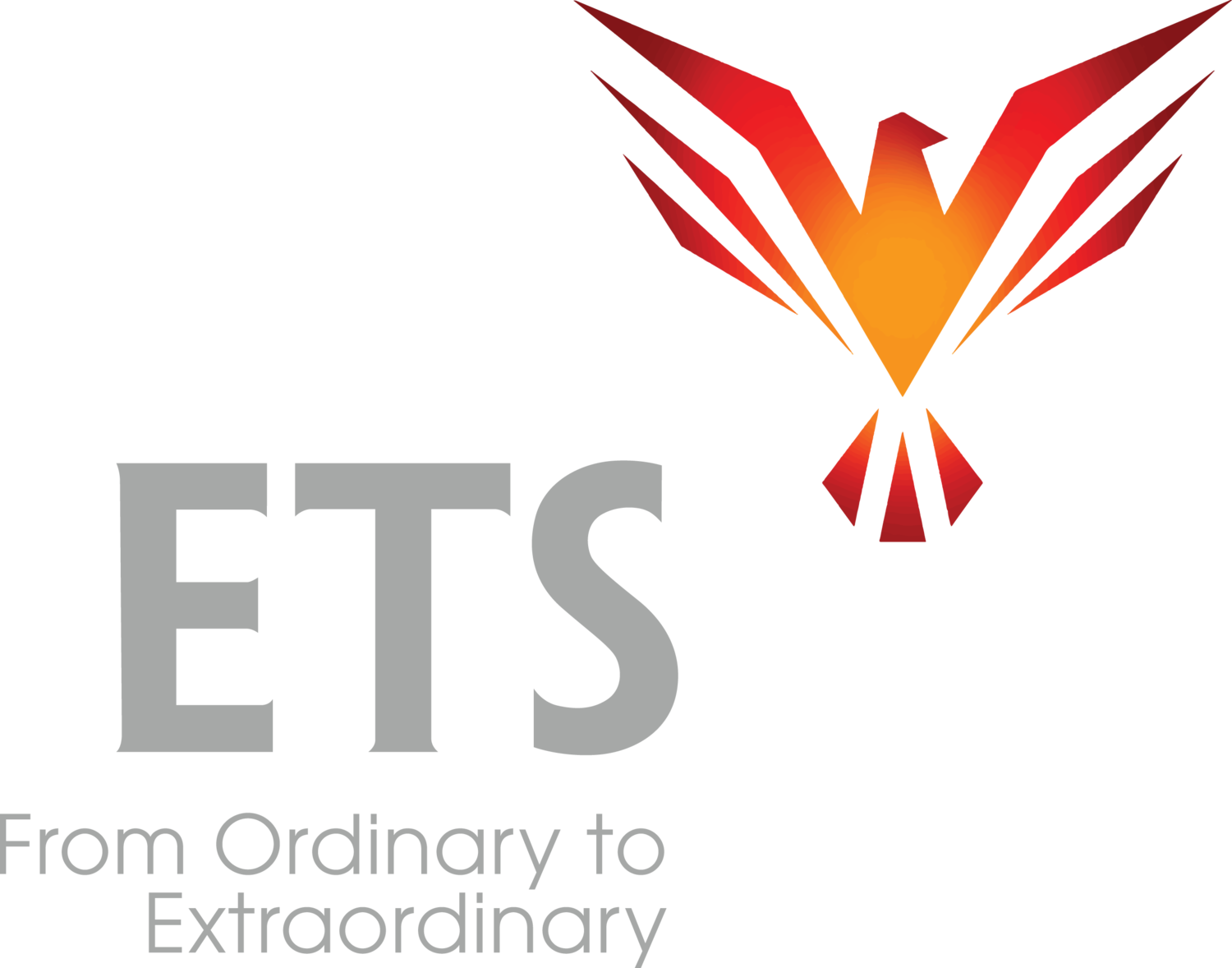“How am I coming across?”
This is the question Fredrico asks me as he practices his talk for a major conference.
Angelika asks me as she prepares to go to her boss to ask for a promotion.
Stewart asks as he prepares to pitch a project to a panel of senior executives and ask for $1 million in funding.
Andrea asks as she nervously gets ready to tell her organization her plans as their new SVP.
Mark asks me as he prepares to present new product pricing to his largest and grouchiest customer.
How am I coming across?
It’s the wrong question.
The question they should be asking is this one:
“Do you fully understand what I just said?”
And the answer is: No, your audience did not.
Why is that? Because your attention is too much on yourself. That keeps you from communicating clearly.
This is no accident. From the time we were little, we’ve been the target of a full-scale campaign to take our naturally extroverted attention (see how UNselfconscious little kids are) and turn it against ourselves.
We’re told, “Look at yourself.” We’re graded over and over and over.
We’re supposed to see ourselves the way OTHERS see us. Yet, others often don’t see us the way we see ourselves. How are we supposed to reconcile that? Especially when we’re still children?
We’re supposed to change, adjust, modify, suppress and artificially inflate to look good in THEIR eyes.
I had a 4th grade teacher who thought I had magnificent initiative that should be given tremendous free expression. I had a grouchy 5th grade teacher who thought I talked too much and should sit down and be quiet (and right now). Which one should take the lead in “molding” my character?
No one asked what I thought. This would have led to a good answer. I could have told them. I didn’t think about it. When I had something to say, I said it. When I didn’t, I didn’t. It didn’t seem complicated to me.
Fortunately, the lesson I learned was not to keep changing to make the people around me like me more. The lesson I learned was to stay away from cranky people.
Today, I help people communicate effectively. Some of that involves dispelling the false ideas about themselves, about others, about life, that “authorities” have injected into their thinking. Sometimes it involves remembering what “authorities” worked so hard to make us forget.
When are people the most effective at getting what they want?
I admire two-year olds. They are really good at it.
I think there are some lessons here:
They don’t spend a lot of time thinking about it before they speak up, they’re pretty quick on the draw.
They don’t spend a lot of time figuring out what words to use.
They make sure they have all of your attention, as a matter of fact they demand it.
They’re direct and very clear.
Speaking up has nothing to do with getting out of their “comfort zone”. They’re talking because you need to know something or you should do something, there’s no more to it than that.
Most importantly, they don’t worry about how they’re coming across.
Kids want to be understood. Adults want approval. When you cross this line, you give up all your power.
I’m not saying that everything two-year-olds do when they’re communicating is good. There’s a lot they don’t know. I just know some pretty effective two-year-olds. They’re better at getting what they want than many adults are. There is a lot they do know about communication that adults have forgotten and it’s good to remember.
Frederico, Angelika, Stewart, Andrea and Mark stopped even thinking about how they were coming across. They shifted their focus to watching the audience, not themselves. They communicated powerful, clear messages, delivered with mighty intention.
They created understanding that was COMPLETE. Every word. Every idea. Every reason. Fully understood.
That degree of understanding is convincing. They got the outcomes they wanted. And they can do it again.
You can too.
Get their attention. Be direct. Be clear. Create such a burst of understanding, that your conclusion, your recommendation, is compelling.
How do you do that?
Get the skills you need to be understood. That’s the real goal. That’s the path we offer to you in our trainings.
Communicate so well that the power of your idea is persuasive, not the way you hold your pinky.
Be the cause!

